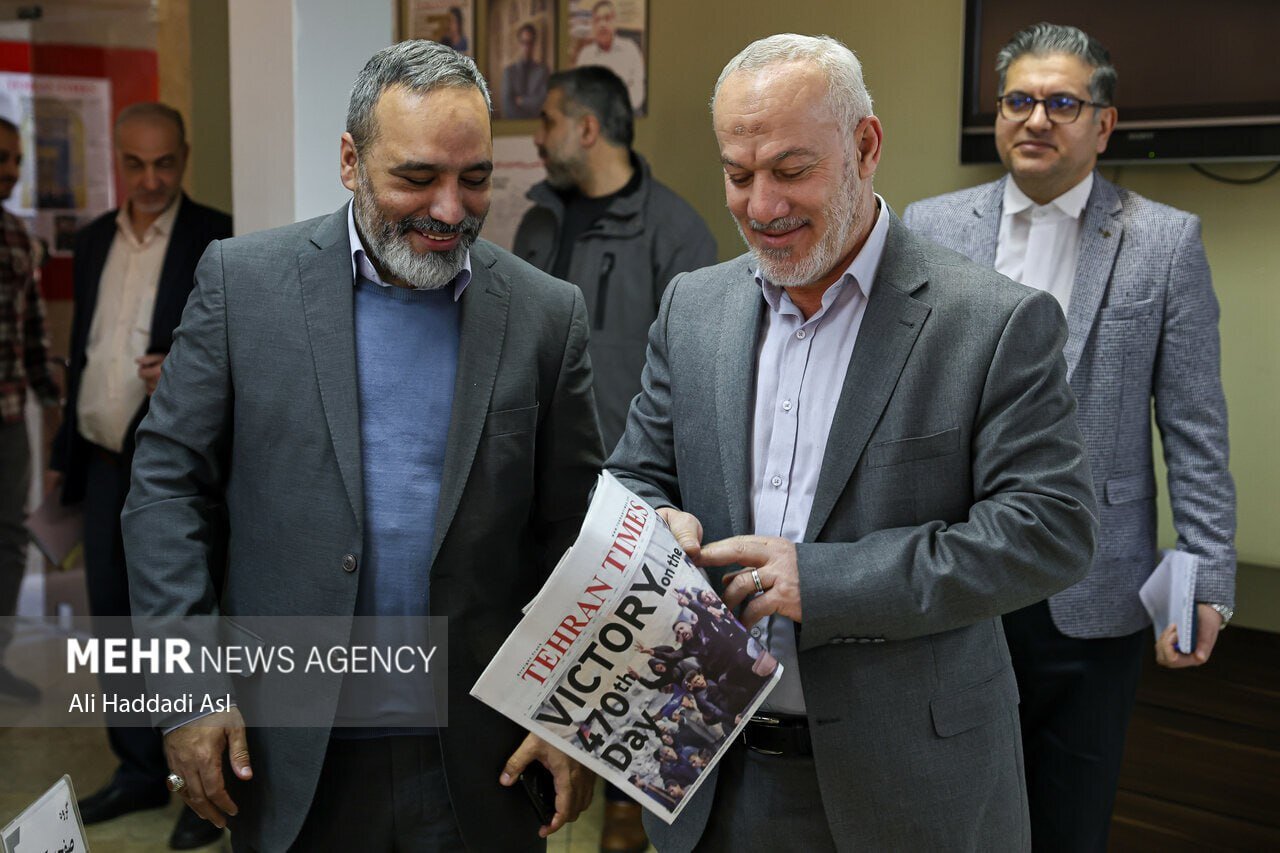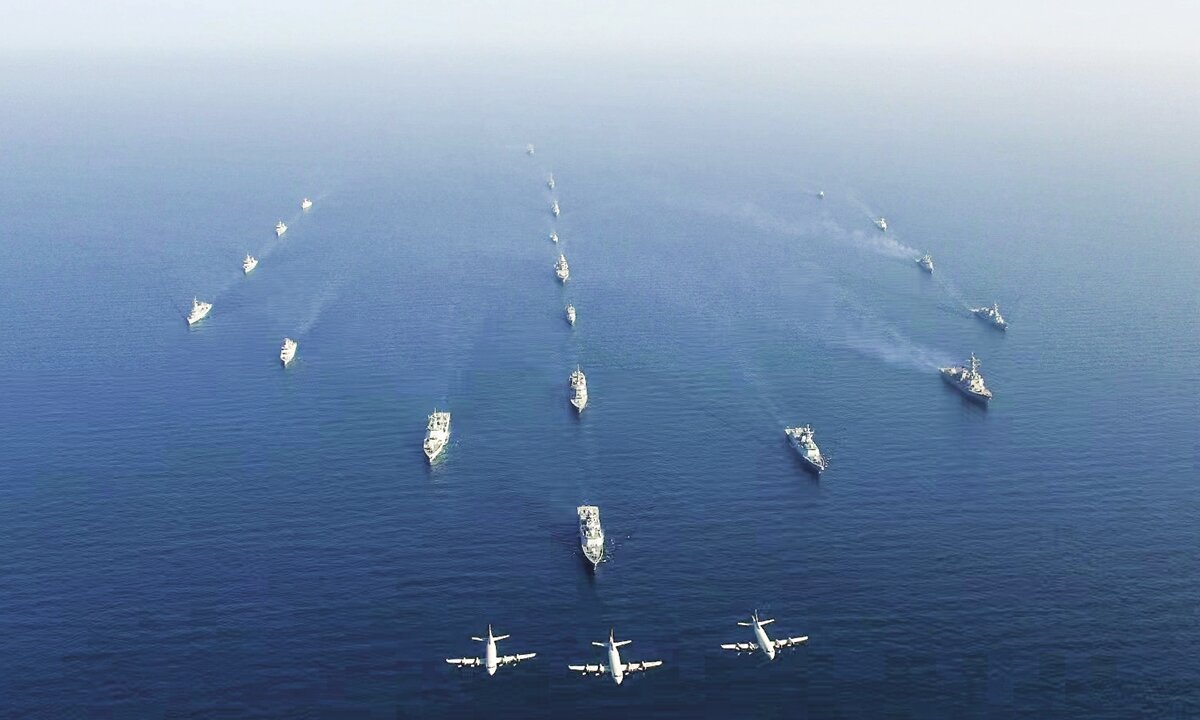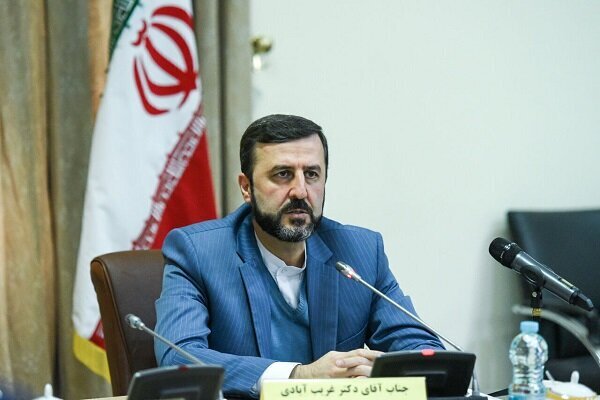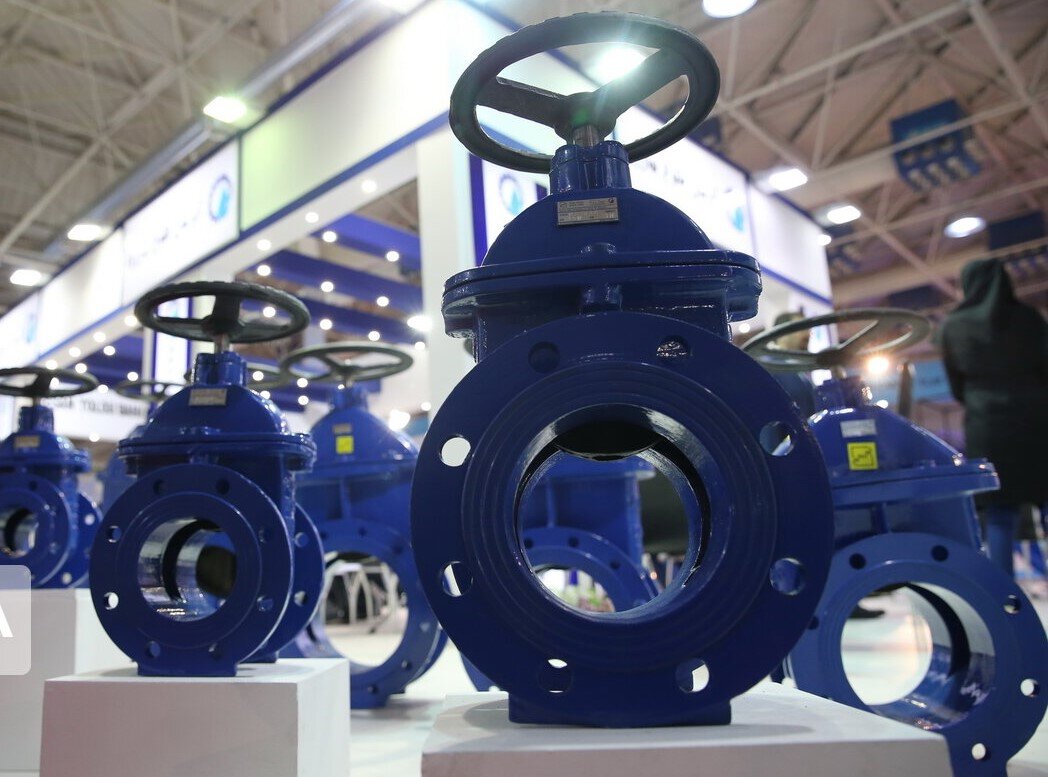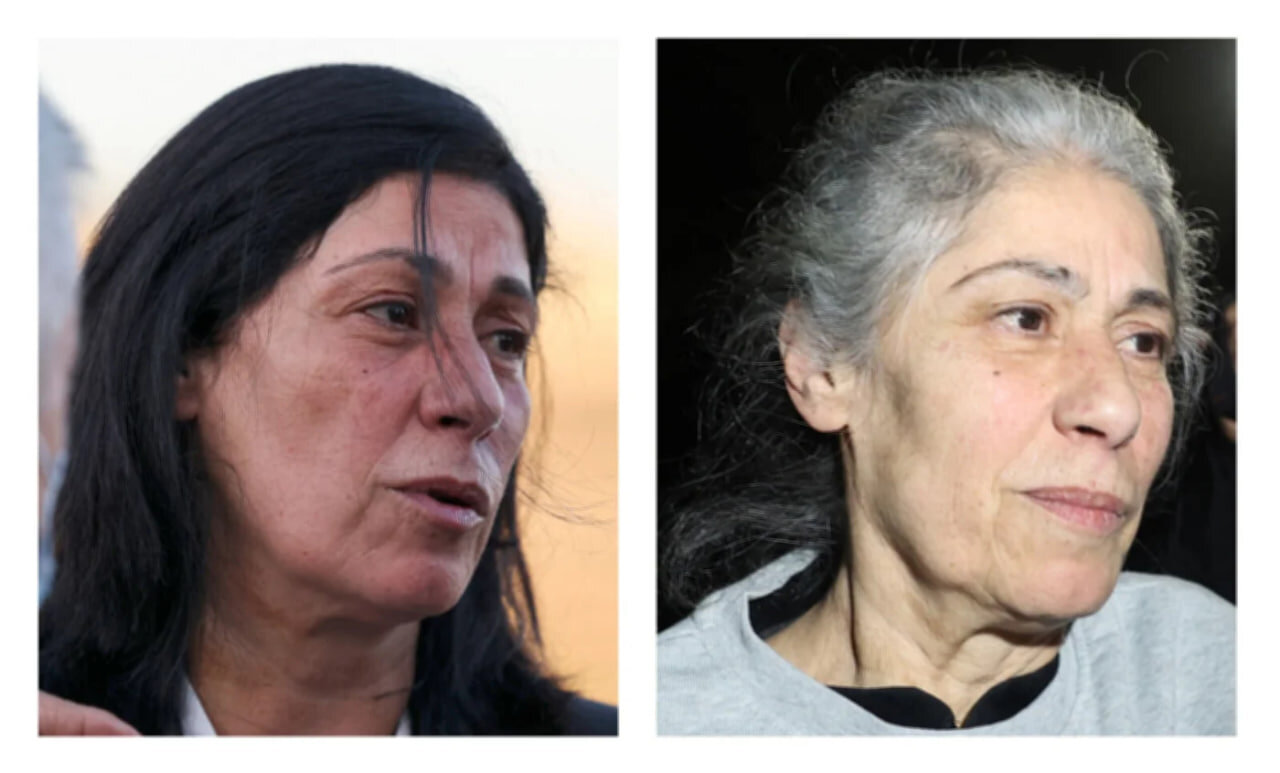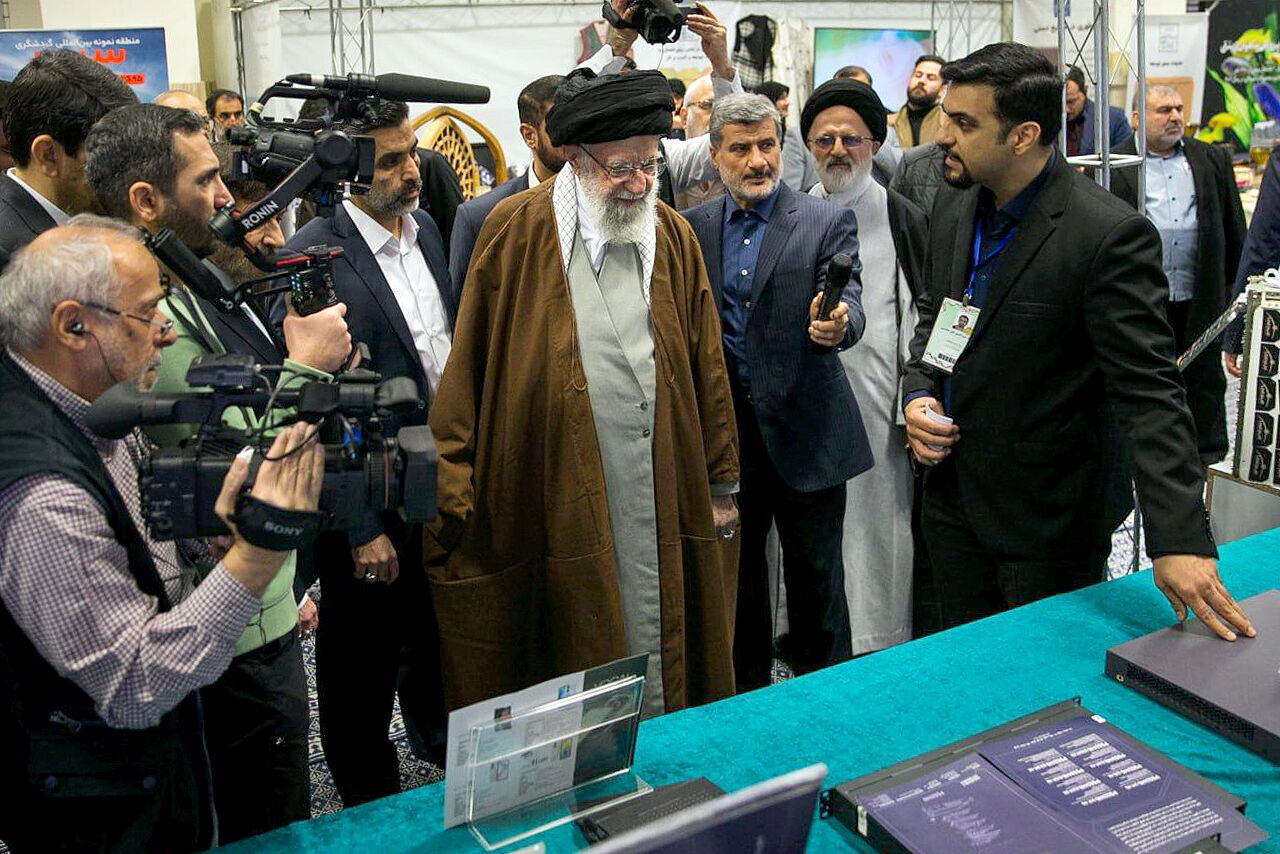
TEHRAN - The Niavaran Cultural-Historical Complex, located in northern Tehran, has launched an extensive project aimed at documenting its iconic artifacts using advanced photogrammetry techniques.The project is part of the complexs broader initiative to utilize modern technology for the preservation, documentation, and accessibility of its cultural and historical treasures.On Tuesday, Bijan Moqaddam, the director of the Niavaran Complex, shared details of the project, emphasizing the importance of adopting innovative technologies to safeguard Irans rich cultural heritage.
As one of the wealthiest collections of cultural and artistic heritage in Iran and the world, the Niavaran Complex has taken significant steps toward using cutting-edge technologies for the protection, documentation, and dissemination of information, he explained.The projects primary objective is to increase public access to historical and artistic works while creating an online archive of the complexs most significant pieces.
It also aims to implement preventive conservation strategies, ensuring the long-term protection of the artifacts.Over 100 key objects in the collection will be documented using photogrammetry techniques, which include creating three-dimensional and gigapixel models, as well as ortho-photo imaging, Moqaddam added.Elsewhere in his remarks, Moqaddam underscored that proper documentation of museum objects is essential for effective long-term preservation and standard maintenance.
Accurate documentation not only provides comprehensive base data about the objects but also lays the groundwork for the development of long-term conservation plans, he noted.In recent years, 3D documentation has emerged as a logical complement to traditional museum documentation methods.
Depending on the projects goals, budget, and needs, techniques such as laser scanning, optical scanning, and photogrammetry are employed.Explaining the benefits of photogrammetry, Moqhaddam noted that it is a non-contact technique that uses photographs to measure and interpret the shapes of objects.
This method is highly effective for museum documentation, allowing for the creation of precise 3D models with high resolution.
The ability to capture details quickly, at a relatively low cost, and with accurate color reproduction makes photogrammetry an ideal tool for digitalizing and documenting cultural artifacts.This project is undoubtedly one of the pioneering efforts in preserving, introducing, and documenting the intricate details of Irans cultural heritage.
It aligns with the broader strategies of the Niavaran Cultural-Historical Complex, Moqaddam said.
By focusing on 3D documentation and utilizing advanced technologies, this initiative can serve as a successful model for other museums and heritage centers looking to digitize cultural and historical collections.He concluded by emphasizing the potential of modern documentation methods to create a comprehensive digital archive, prevent the loss of heritage-related information, and facilitate research and collaboration across academic communities.Covering an area of about eleven hectares, the Niavaran Cultural-Historical Complex is composed of several landmark buildings, museums, and monuments constructed in the 19th and 20th centuries during the Pahlavi and late Qajar eras.The history of the palace complex stretches back to about 280 years ago when Fath-Ali Shah of the Qajar Dynasty ordered a summer residence to be built in the then countryside area of the capital.
The two-story Ahmad-Shahi pavilion is one of the highlights of the complex.
With an area of 9,000 square meters, the palace complex is entirely adorned with magnificent plasterwork, mirrorwork, and tilework.
Its architecture boasts a blend of pre- and post-Islamic arts.AM

 18
18







